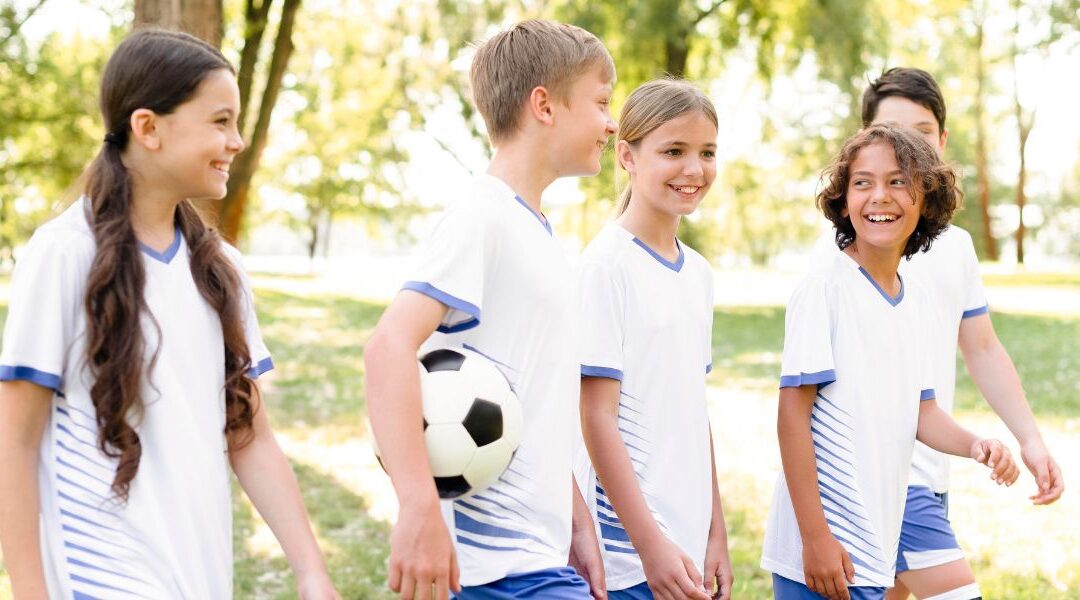As parents, we want our children to excel in summer sports while prioritizing their safety. While it’s a fulfilling experience to showcase their skills, it’s important to keep in mind that sports-related injuries, particularly concussions, can pose serious risks to their well-being. In this blog, we will explore the topic of concussions in sports and provide you with essential safety tips to help your child stay safe and prevent concussions while enjoying your summer sports activities to the fullest.
Have You Been Injured from a Fall? Learn More
Understanding the Risks of Concussions in Sports
Concussions are a type of traumatic brain injury that can occur because of a blow to the head, a fall, or any other impact that causes the brain to move rapidly within the skull. In sports, concussions are a common injury, particularly in contact sports such as football, soccer, and hockey. Symptoms of concussion can include headache, dizziness, confusion, and loss of consciousness.
If left untreated, concussions can have both short-term and long-term consequences, including memory loss, difficulty concentrating, and depression. In some cases, repeated concussions can lead to a condition called chronic traumatic encephalopathy (CTE), which can cause progressive degeneration of the brain and lead to symptoms such as aggression and dementia.
Therefore, it’s essential for athletes to take necessary precautions to prevent concussions while participating in sports.
Essential Safety Tips to Prevent Concussions in Sports
Here are some safety tips that individuals can follow to help reduce the risk of concussions:
Wear Proper Protective Equipment
For sports like football, hockey, cycling, or skateboarding, always wear a properly fitted helmet that meets safety standards. Additionally, consider using mouthguards, face shields, and, depending on the sport, padded clothing. Proper equipment can significantly absorb and distribute impact forces, protecting the head from injury.
Stay Hydrated and Maintain Fitness
Proper hydration and physical conditioning play a vital role in injury prevention, including concussions. Dehydration and fatigue can impair your child’s concentration, coordination, and reaction time, increasing the likelihood of accidents. Stay hydrated by drinking water before, during, and after sports activities.
Be Mindful of Playing Surfaces
Be aware of the conditions and potential hazards of the playing surface, especially for outdoor sports. Before engaging in any sports activity, inspect the playing area and report any unsafe conditions to the appropriate authorities.
Practice Good Sportsmanship
Avoid aggressive behavior and unnecessary roughness that may lead to head trauma. Respect the rules of the game and play within the boundaries of fair competition. Treating opponents with respect and playing in a safe and controlled manner will help reduce the risk of concussions for both your child and other players.
Communicate and Report Symptoms
If your child experiences any symptoms such as headaches, dizziness, confusion, memory problems, or changes in mood or behavior, it’s crucial to report them immediately. Ignoring or downplaying symptoms can increase the risk of further injury and delay recovery.
Take Time to Rest and Recover
If your child has experienced a concussion, it’s crucial to prioritize rest and allow their brain to heal. Follow the prescribed recovery plan provided by medical professionals, which may include physical and cognitive rest. Avoid engaging in physical activities or returning to sports until your child has received medical clearance. Rushing the recovery process can lead to further injury and prolong the healing time.
Experienced Personal Injury Lawyers at Foley & Small for Concussion Cases
Concussions present significant risks to your child, potentially leading to severe and lasting consequences. To mitigate these risks, it is crucial for athletes to prioritize their safety and well-being. By following the guidelines outlined above, your child can reduce the likelihood of concussions and create a safer sports experience that allows them to enjoy their athletic pursuits fully.









